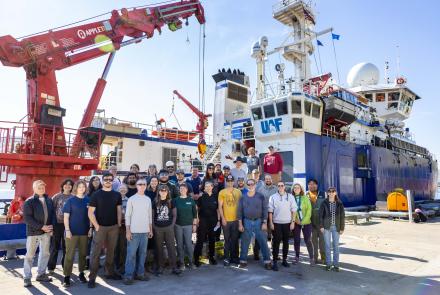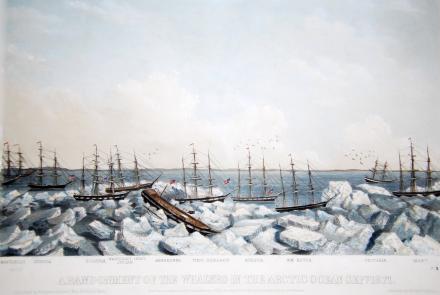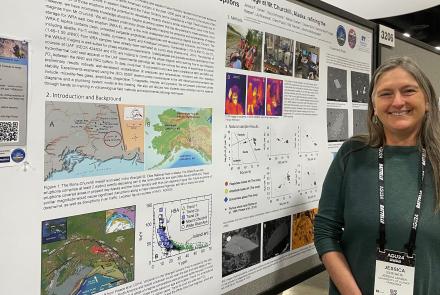Fish and Weather
Fishes of the ocean do not swim along randomly chosen paths. Instead their routes of travel are determined by water temperature, oxygen content, salinity, currents and the availability of food. Also salmons' sense of smell evidently guides them to their spawning streams.
Increasingly it is becoming clear that the weather has a big impact on commercial fishing just as it does on agriculture. Changing weather patterns can alter fish migration routes and greatly affect the growth rates and numbers of fish available to fishermen.
Sydney Schultz, writing in the National Oceanographic and Atmospheric Administration publication EDIS cites several examples of weather effects upon fish off Alaska's shores. During years when the weather causes cold temperatures in Bering Sea, bottomfish do not feed as well upon organisms at the sea bottom as they do in years when climatic factors warm the water.
Young sockeye salmon in Bristol Bay and the Bering Sea tend to stay in coastal waters in years when the water is warmest. In the North Pacific Ocean, both growth and migration rates are slowed if the water is cold; there, also, the halibut catch is reduced if the water grows unusually cold.
The Geophysical Institute is pursuing a State-funded pilot project to see if commercial fishermen can be helped by having maps of sea surface temperature. When cloud cover and other factors affecting the availability of military satellite data permit, maps of sea surface temperature are compiled within 24 hours of the time observations are made. Depending upon the available satellite data, the maps cover all Alaskan fishing waters.





